The 17th
LaureateArchitecture
Yoshio Taniguchi
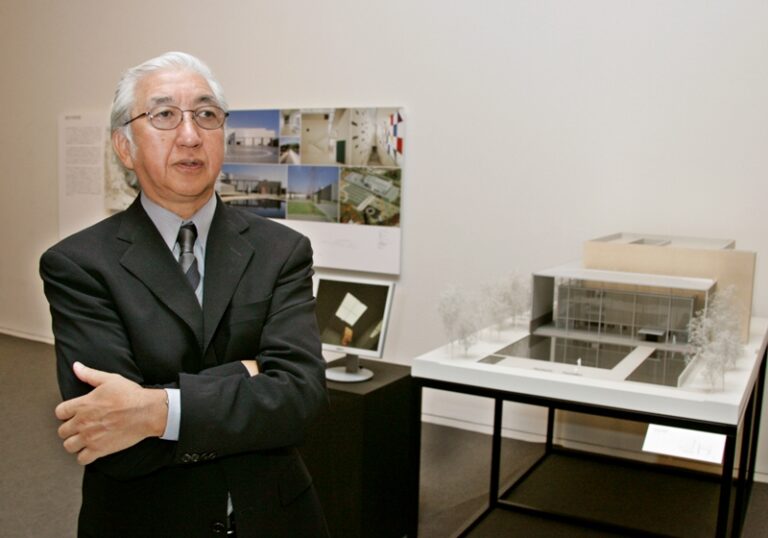
Japanese architect Yoshio Taniguchi was born in 1937. His father,Yoshiro Taniguchi (1904-79),was a pioneering modern architect whose career spanned the divide between pre- and postwar Japan. Taniguchi studied at Keio University and Harvard University. He worked for Kenzo Tange from 1964-72,and subsequently established his own firm,becoming one of the leading architects in Japan and increasingly recognized abroad.
Outstanding among Taniguchi’s many realized projects are his uniquely beautiful museums of modern art in Japan: The Shiseido Art House (1978),the Ken Domon Museum of Photography (1983),the Marugame Genichiro-Inokuma Museum of Contemporary Art (1991),the Toyota Municipal Museum of Art (1995),the Tokyo National Museum Gallery of Horyuji Treasures (1999),and the Kagawa Prefectural Higashiyama Kaii Setouchi Art Museum (2004).
Taniguchi’s work is valued for its spacious,light-filled,and lucid public spaces. In all of his museums,Taniguchi has revealed not only a grasp of the nature of each collection,but also an unsurpassed ability to site each museum in its particular landscape. He incorporates water and stone and greenery with the overall complex to enable the visitor to enjoy the building inside and out,to experience light and space.
Taniguchi’s design for the Museum of Modern Art,New York (MoMA),completed last autumn,has brought him worldwide attention. Over a 40-year career,MoMA is Taniguchi’s first international commission,and it ranks as one of the most important museum projects in decades. He created an elegant,understated structure on the principle that the museum building should all but disappear,and never overshadow the collection for which it serves as backdrop. It is though a bold building that reflects the vitality of midtown Manhattan and transforms the language of modernism.
Taniguchi’s current projects include the Kyoto National Museum’s 100th Anniversary Memorial Hall,plans for an Asia House in Houston Texas,and projects in Basel Switzerland.
Taniguchi has taught at Harvard and the University of California at Los Angeles as well as in Tokyo and Cape Town. Since 1979 he has been president of Taniguchi and Associates. His work has received more than a dozen awards,and in 1996 was made Honorary Fellow of the American Institute of Architects.
Biography
Japanese architect Yoshio Taniguchi was born in 1937. His father,Yoshiro Taniguchi (1904-79),was a pioneering modern architect whose career spanned the divide between pre- and postwar Japan. Taniguchi studied at Keio University and Harvard University. He worked for Kenzo Tange from 1964-72,and subsequently established his own firm,becoming one of the leading architects in Japan and increasingly recognized abroad.
Outstanding among Taniguchi’s many realized projects are his uniquely beautiful museums of modern art in Japan: The Shiseido Art Museum (1980),the Ken Domon Museum of Photography (1983),the Marugame Genichiro-Inokuma Museum of Contemporary Art (1991),the Toyota Municipal Museum of Art (1995),the Tokyo National Museum Gallery of Horyuji Treasures (1999),and the Higashiyam Kaii Museum in Sakaide City (2004).
Taniguchi’s work is valued for its spacious,light-filled,and lucid public spaces. In all of his museums,Taniguchi has revealed not only a grasp of the nature of each collection,but also an unsurpassed ability to site each museum in its particular landscape. He incorporates water and stone and greenery with the overall complex to enable the visitor to enjoy the building inside and out,to experience light and space.
Taniguchi’s design for the Museum of Modern Art,New York (MoMA),completed autumn of 2004,has brought him worldwide attention. Over a 40-year career,MoMA is Taniguchi’s first international commission,and it ranks as one of the most important museum projects in decades. He created an elegant,understated structure on the principle that the museum building should all but disappear,and never overshadow the collection for which it serves as backdrop. It is though a bold building that reflects the vitality of midtown Manhattan and transforms the language of modernism. Taniguchi’s current projects include the Kyoto National Museum’s 100th Anniversary Memorial Hall,plans for an Asia House in Houston Texas,and projects in Basel Switzerland.
Taniguchi has taught at Harvard and the University of California at Los Angeles as well as in Tokyo and Capetown. Since 1979 he has been president of Taniguchi and Associates. His work has received more than a dozen awards,and in 1996 was made Honorary Fellow of the American Institute of Architects.
Chronology
-
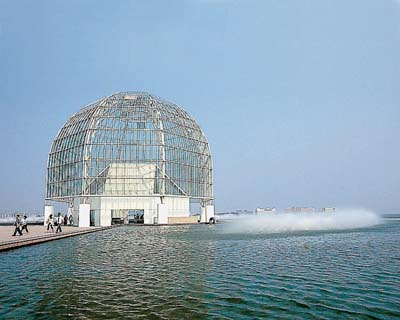
Tokyo Sea Life Park, 1989
-
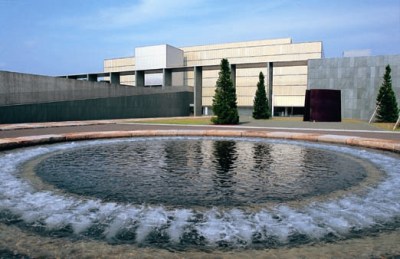
Toyota Municipal Museum of Art, 1995
-
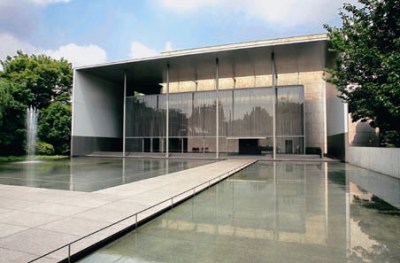
The Gallery of Hōryūji Treasures, Tokyo National Museum, 1999
-
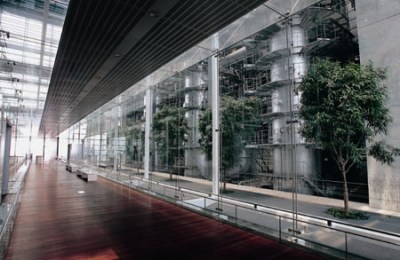
Exhibition Gallery of Hiroshima City Naka Incineration Plant, 2004
-
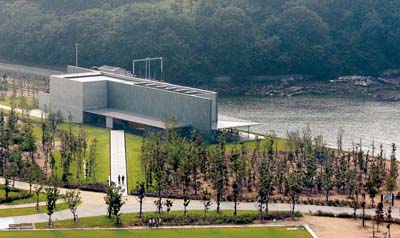
Kagawa Prefectural Higashiyama Kaii Setouchi Art Museum, 2004
-
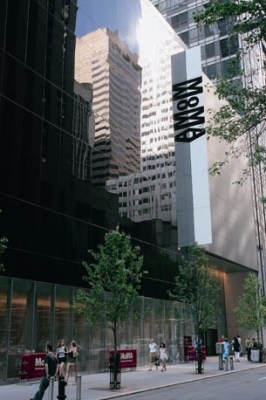
The Museum of Modern Art, New York, 2004
-
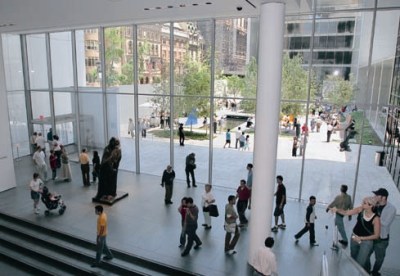
The inside of MoMA

